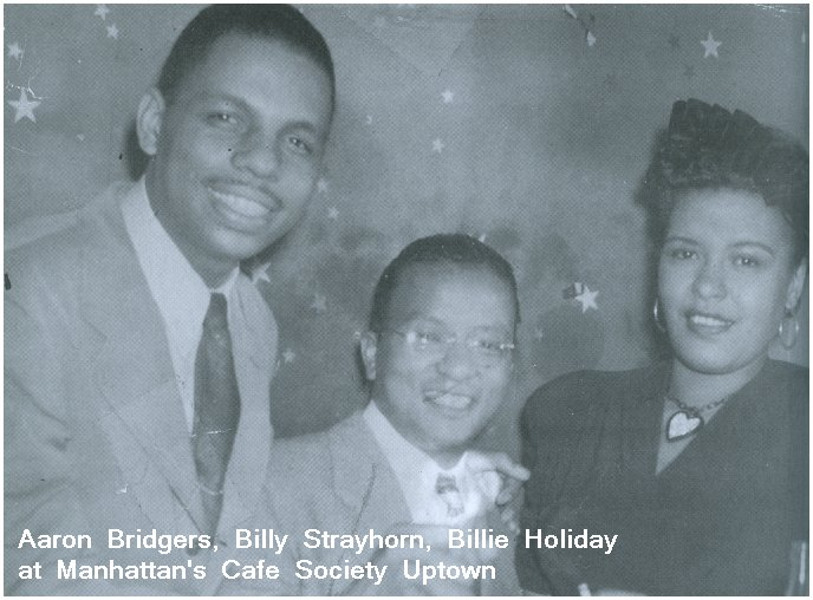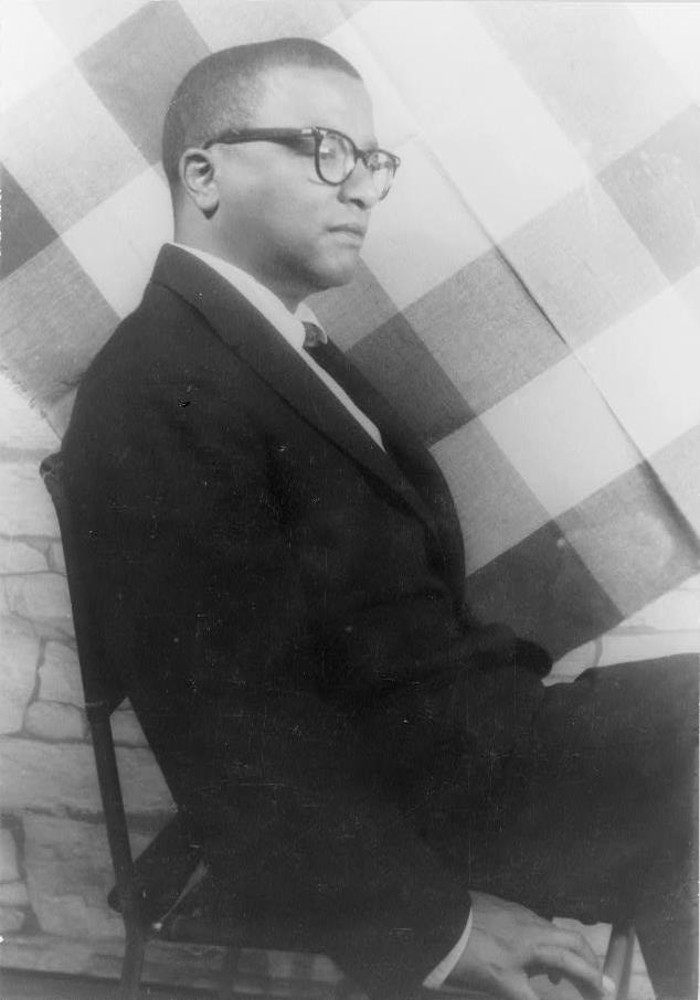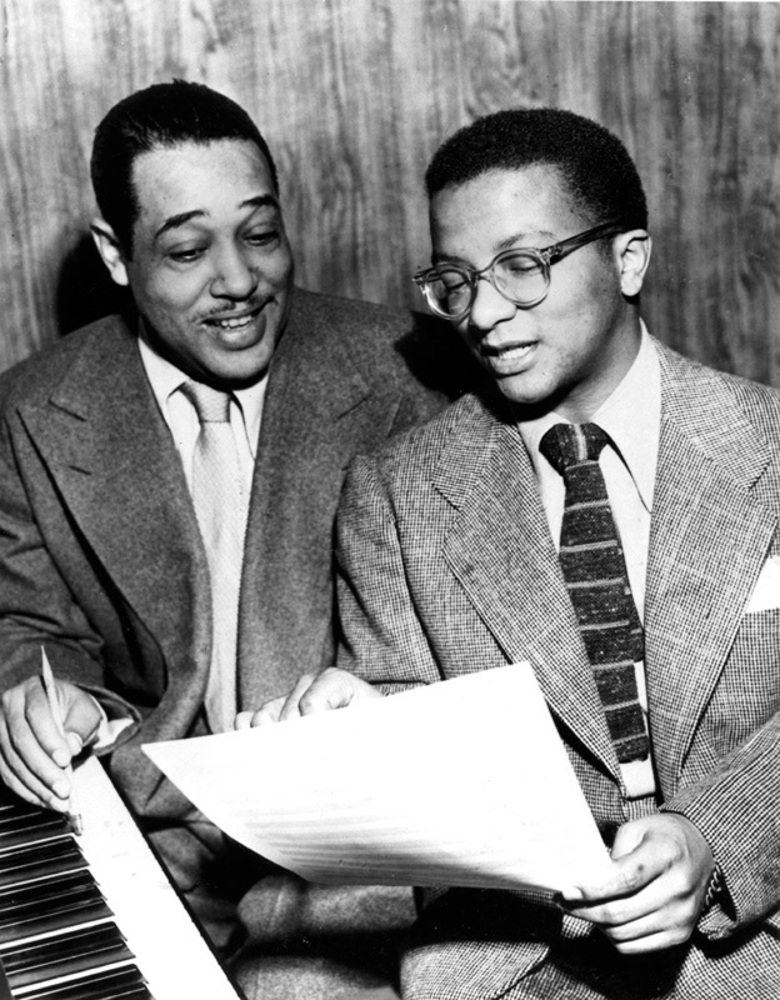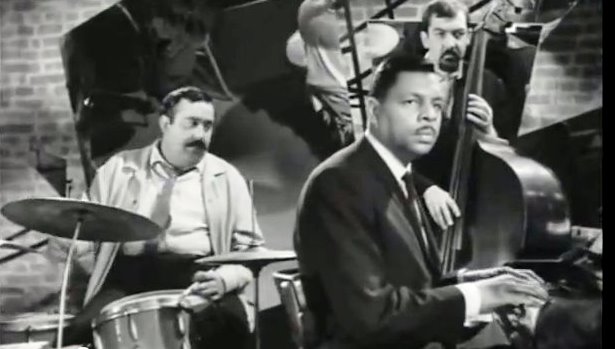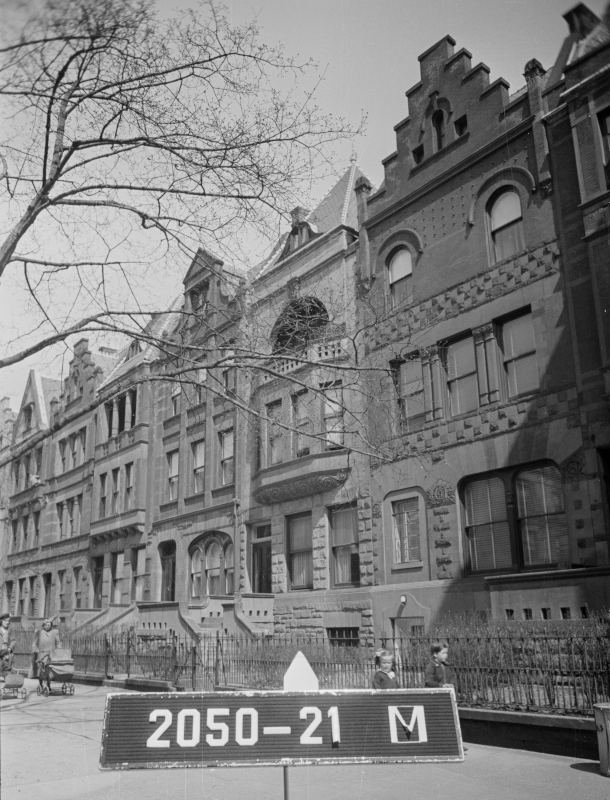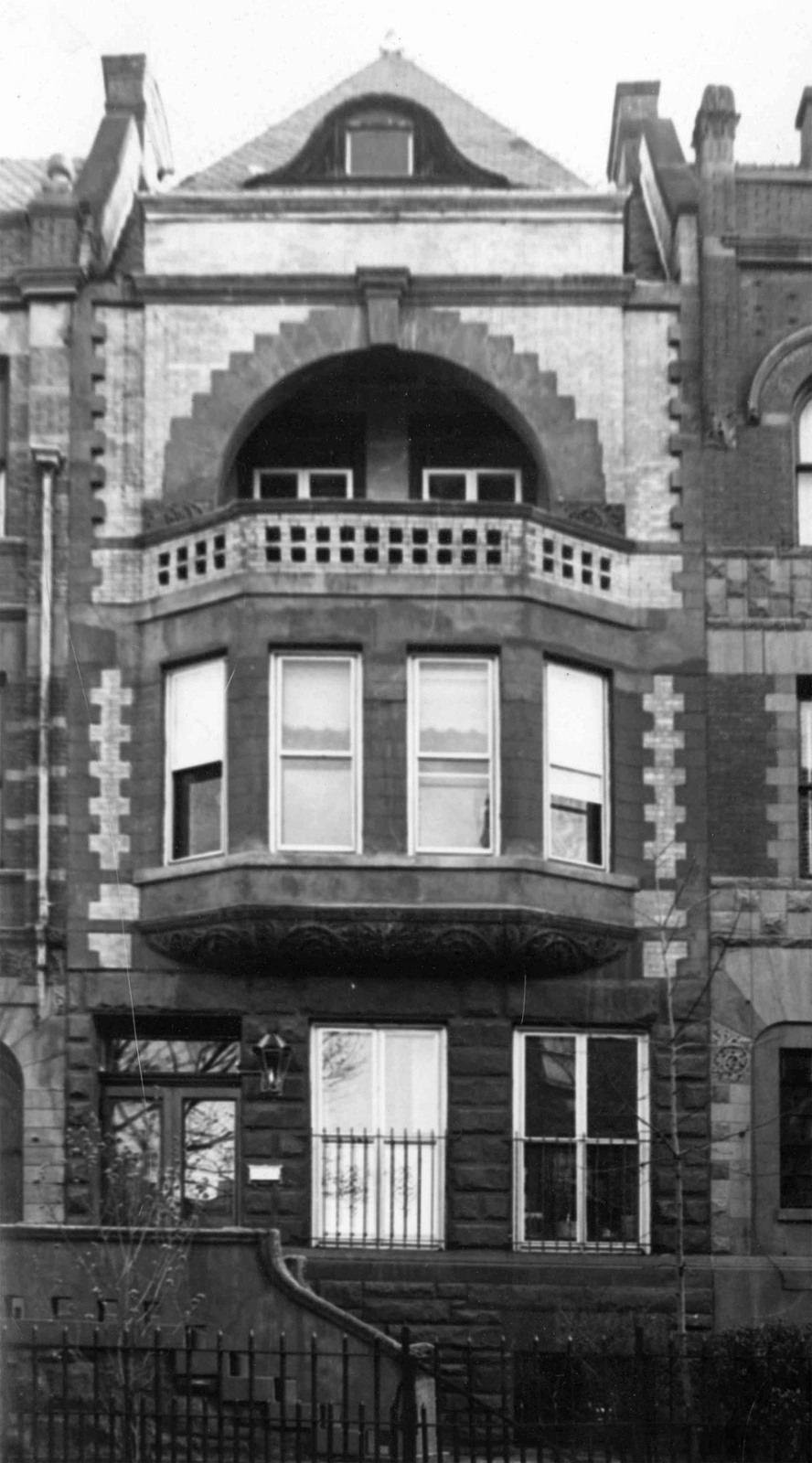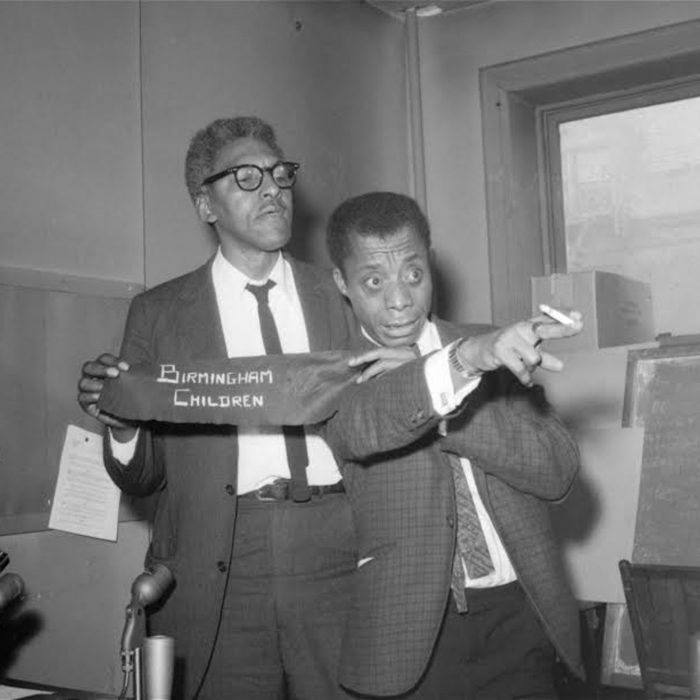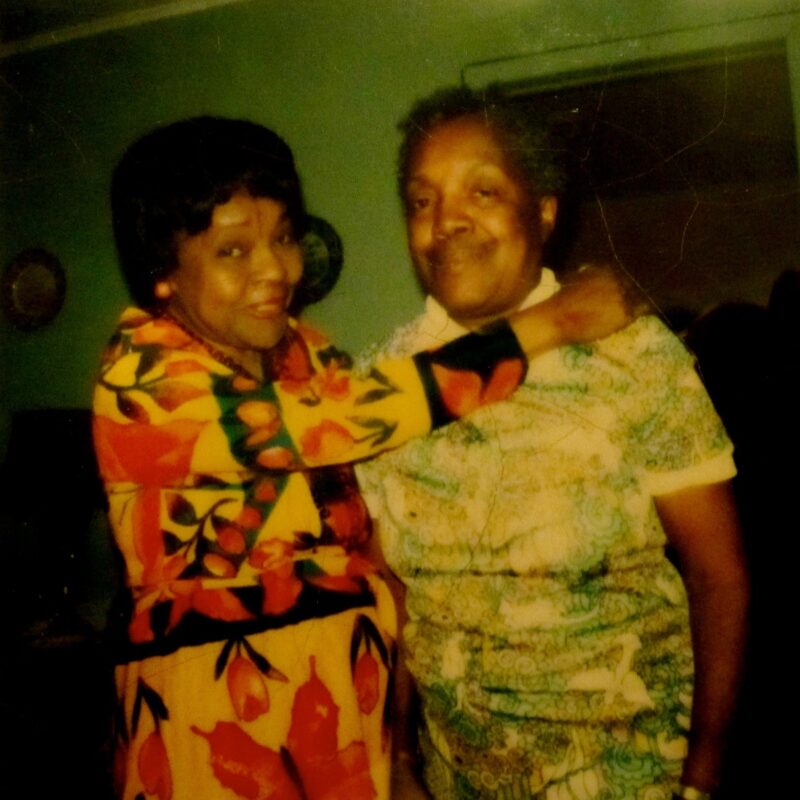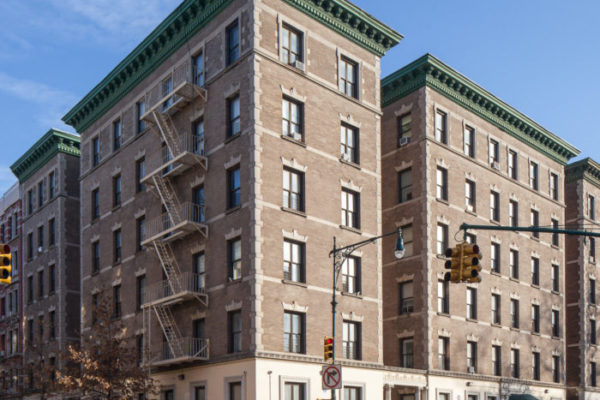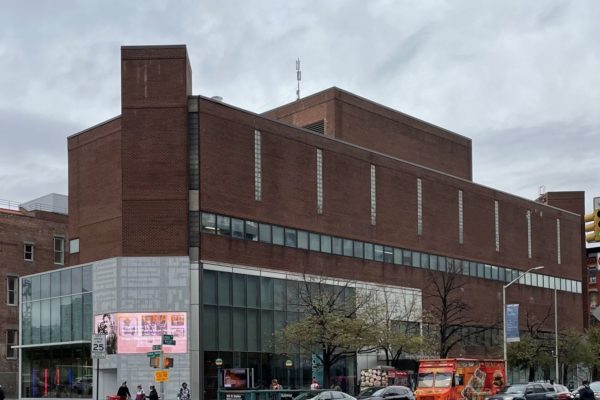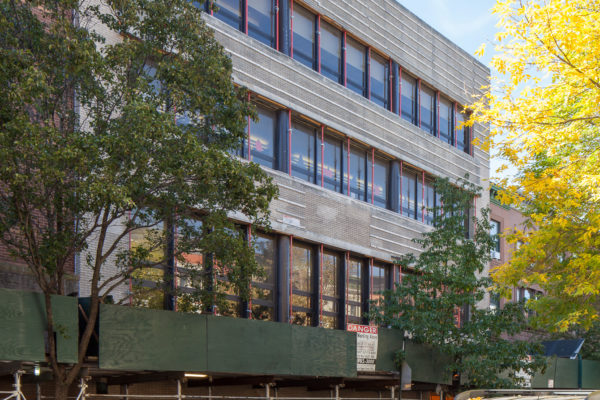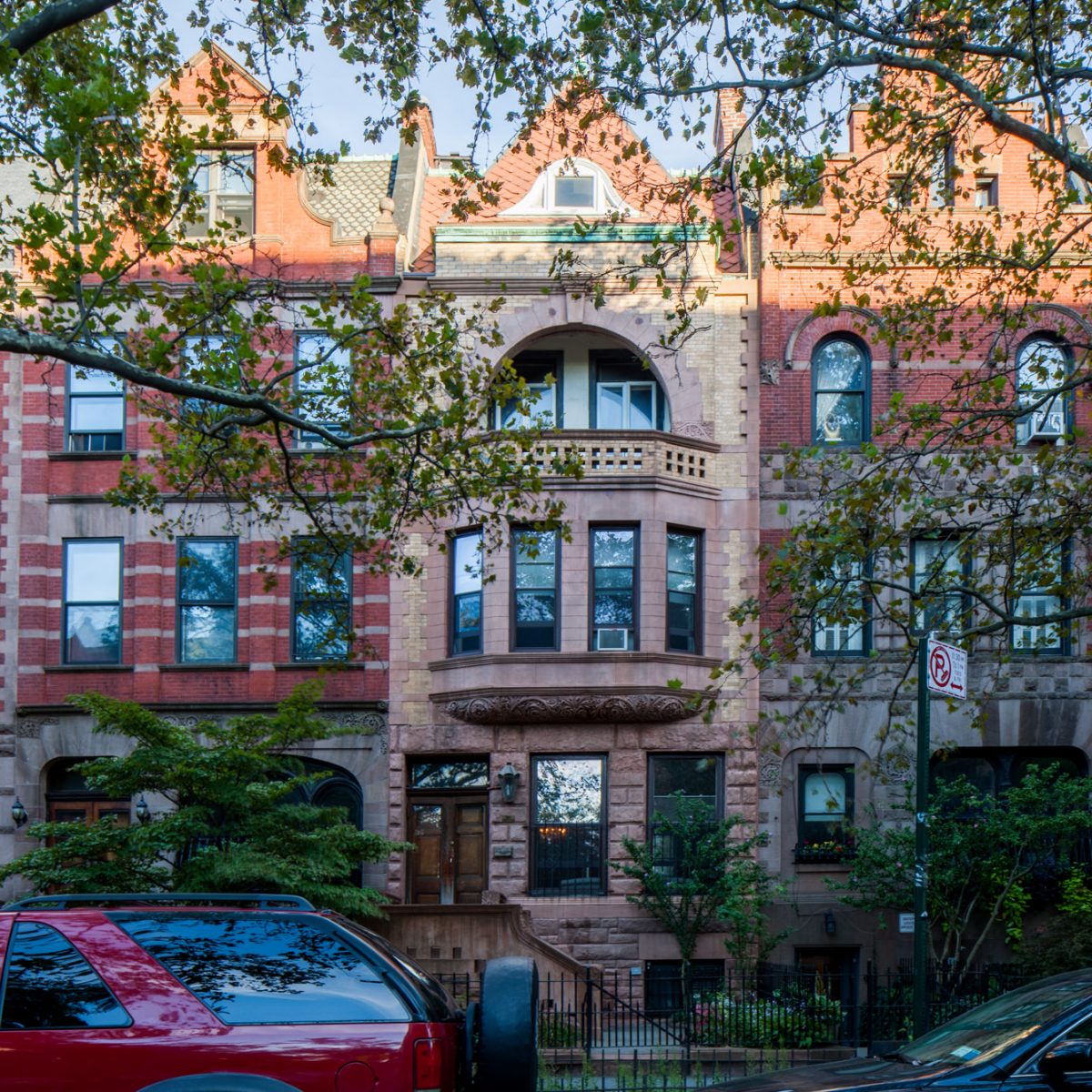
Billy Strayhorn & Aaron Bridgers Residence
overview
Jazz great Billy Strayhorn lived here with his partner, jazz pianist Aaron Bridgers, from 1939 to 1948, though Strayhorn stayed until 1950.
During these years, the openly gay Strayhorn forged his collaboration with composer Duke Ellington and wrote “Take the A Train” and other compositions.
On the Map
VIEW The Full MapHistory
The great jazz composer/arranger Billy Strayhorn (1915-1967) lived in a ground-floor apartment in this Harlem rowhouse at 315 Convent Avenue with his partner, jazz pianist and composer Aaron Bridgers (1918-2003), from 1939 to 1948. Strayhorn stayed here until 1950 after Bridgers moved to Paris.
At the age of 23, Strayhorn got a job with the legendary Duke Ellington, and they remained highly successful collaborators for the next three decades. Strayhorn, however, lived in the older and more famous man’s shadow publicly, one reason being that he was one of the rare men in the jazz world to be openly gay.
…the most amazing thing of all about Billy Strayhorn to me was that he had the strength to make an extraordinary decision – that is, the decision not to hide the fact that he was homosexual. And he did this in the 1940s, when nobody but nobody did that.
During his years in this house, Strayhorn wrote “Take the A Train,” “Lush Life,” and “Lotus Blossom,” as well as most of the music for the musicals Beggar’s Holiday and Jump for Joy. According to playwright Robert Heide, “Lush Life” was a very popular song at Lenny’s Hideaway, a gay hangout in Greenwich Village, in the 1950s because of the double meaning in its lyrics:
I used to visit all the very gay places
Those come-what-may places
Where one relaxes on the axis
Of the wheel of life
To get the feel of life
From jazz and cocktails
Other city residences associated with Strayhorn include 409 Edgecombe Avenue in 1938 and 310 Riverside Drive in 1961.
Bridgers studied classical piano, but later switched to jazz after hearing the music of famed jazz pianist Art Tatum, who would become his teacher. In 1948, he left New York for Paris, where he took on his first professional engagement as a pianist. He appeared in the movie Paris Blues in 1961.
Entry by Jay Shockley, project director (March 2019; last revised January 2023).
NOTE: Names above in bold indicate LGBT people.
Building Information
- Architect or Builder: Adolph Hoak
- Year Built: 1887-90
Sources
Christopher D. Brazee, Gale Harris, and Jay Shockley, “150 Years of LGBT History,” New York City Landmarks Preservation Commission (June 2014).
David Hajdu, Lush Life: A Biography of Billy Strayhorn (New York: North Point Press, 1996). [source of pull quote, p. 79]
Do you have more information about this site?
This project is enriched by your participation! Do you have your own images of this site? Or a story to share? Would you like to suggest a different historic site?
